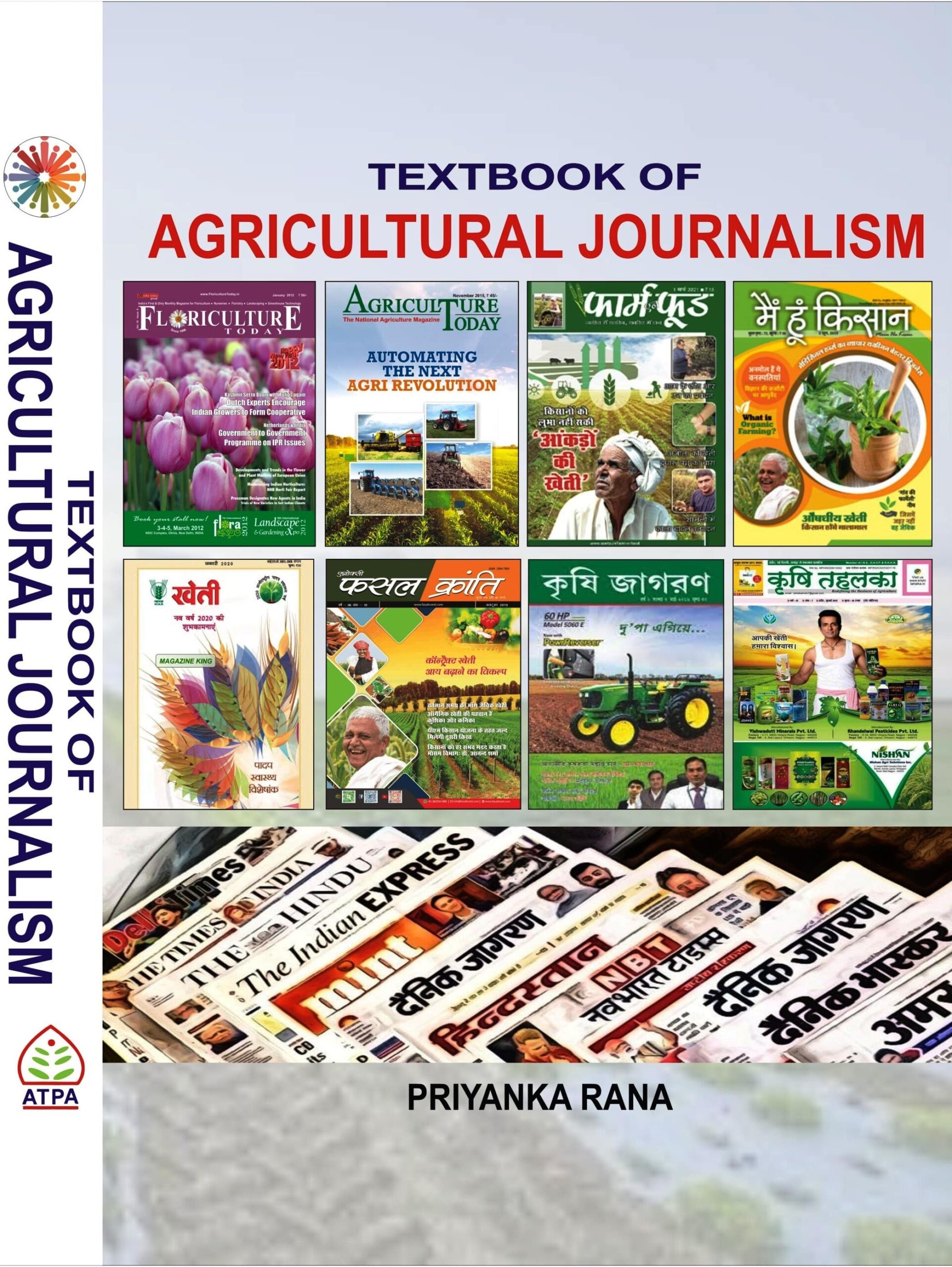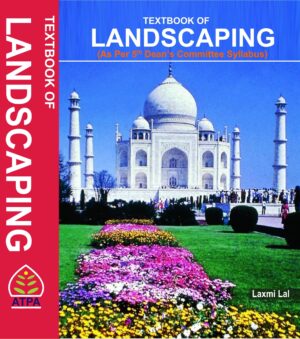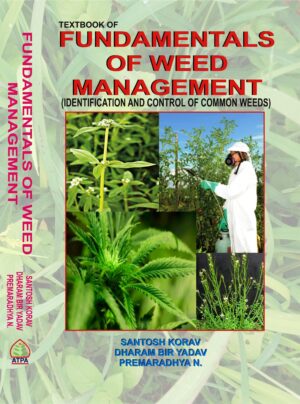TEXTBOOK OF AGRICULTURAL JOURNALISM
₹825.00
AUTHORS: PRIYANKA RANA
PUBLISHING YEAR: 2022
ISBN: 9789390647859
© All Rights Reserved
Description
ABOUT THE BOOK
The activity of gathering, assessing, creating and presenting news and information is called Journalism. Mass Communication is the study of spreading information to a large audience through a number of communication channels. Journalism also plays an important role in catalysing India’s development measures, national integration and the fight for justice. It also acts as an interpreter for the public by breaking down the information in the nonprofessional’s language for consumers to understand. Though it may be interesting or even entertaining, the foremost value of news is as a utility to empower the informed. The purpose of journalism is thus to provide citizens with the information they need to make the best possible decisions about their lives, their communities, their societies, and their governments. Media is the best way to spread knowledge, information and news from one part of the world to the other.
Agricultural journalism is a specialized branch of journalism which deals with the techniques of receiving, writing, editing and reporting from information through the media like newspapers, periodicals, radio, TV, advertising etc. and the management processes connected with such production. It is the timely reporting and editing with words and photography of agricultural news and information for newspaper, magazine, radio and television.
Media educates the people to know about their basic rights and how to use them. It is also a link between the government and people because all the policies and activities of government are conveyed through media. Moreover, amid the various sources of information available today, their exchange will be based on factual, accurate, balanced, fair, and objective news stories on issues of importance to them. Youth journalism is fundamental to create an appreciation for freedom of speech and expression among young people. A range of core journalistic skills including researching, investigating, interviewing, reporting and writing, in addition to technical skills such as video, editing, shorthand, audio, content management and web design. Social media can be a great source for faster communication. We can stay in touch with our friends and family who are far away from us. Social media can raise a powerful voice for the underprivileged citizens of the society. It is easier to reach out to more people and put forward one’s point of view.
It creates awareness among the common people and makes them eighlightened citizens. It creates public opinion about the burning issues of the country, exposes scandals and builds the confidence of people.. Television can be a tremendous force for good.. Modern media comes in many different formats, including print media (books, magazines, and newspapers), television, movies, video games, music, cell phones, various kinds of software, and the Internet. Each type of media involves both content, and a device or object through which that content is delivered. The present book Textbook of Agricultural Journalism covers the entire syllabus recommended by the 5th Deans’ Committee of ICAR prescribed for UG students of all the SAUs and Agricultural Colleges in the country.
CONTENT
| No. | Topics | Page |
| PREAMBLE | 3-5 | |
| ABOUT THE AUTHOR | 6 | |
| ABOUT THE BOOK | 8 | |
| CHAPTERS | ||
| 1 | Journalism | 9-31 |
| 2 | Agricultural Journalism | 32-43 |
| 3 | Scope of Agricultural Journalism | 44-49 |
| 4 | Newspapers and Magazines as Communication Media | 50-53 |
| 5 | Form and Content of Newspapers and Magazines | 54-57 |
| 6 | The Agricultural Story | 58-61 |
| 7 | Gathering Agricultural information | 62-76 |
| 8 | Writing the Story | 77-90 |
| 9 | Readability Measures | 91-93 |
| 10 | Illustrating Agricultural Stories | 94-99 |
| 11 | Editorial Mechanics | 100-109 |
| 12 | Role of Modern Media in Agricultural and Rural Development | 110-122 |
| Key Media Terminology | 123-128 | |
ABOUT THE AUTHOR
MRS. PRIYANKA RANA (b. 1992) is presently working as Assistant Professor in the Department of Extension Education, School of Agricultural Sciences (SoAS), Dabok, Udaipur (Rajasthan). She has 4 years of experience in teaching, training and extension at the university level. Mrs. Rana earned her Master’s Degree in the Department of Home Science Extension & Communication Management, College of Home Science, MPUAT, Udaipur.
She has authored three chapters in different books related to her discipline, published five research papers in journals of national and international repute besides eight technical articles in various agricultural magazines. She is teaching almost all the courses prescribed for B.Sc. Agriculture (Hons. Degree) and is also acting as In- Charge of RAWE programme at the college level.
Additional information
| AUTHOR/AUTHORS | PRIYANKA RANA |
|---|---|
| PAGES | 128 |
| BINDING | Hard Back |
| PUBLICATION YEAR | 2022 |





